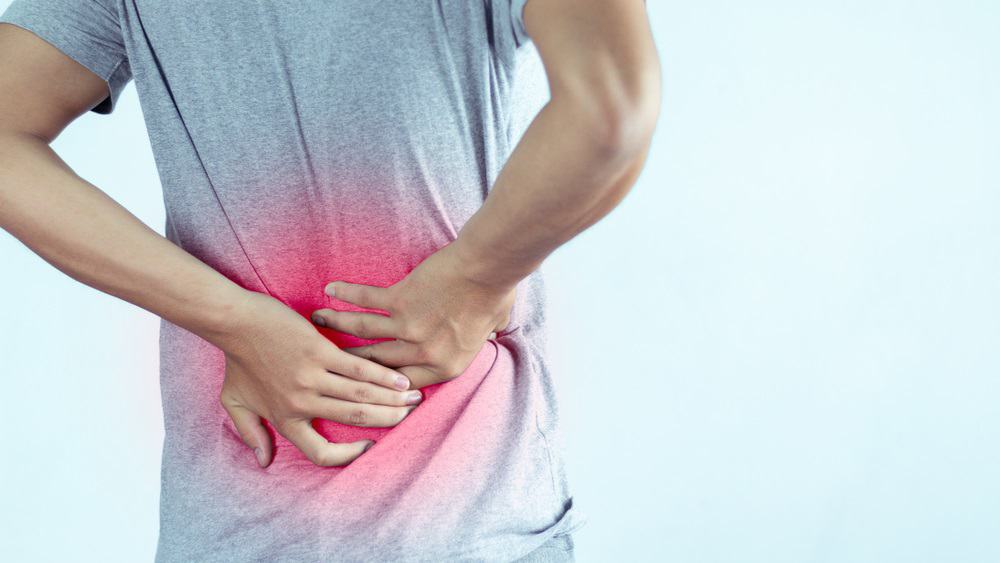Sometimes we don’t realize the extent of the damage standing around all day can cause – it can lead to back and knee problems and contribute to overall fatigue. Orthopedic shoes help reduce discomfort, but anti-fatigue mats are becoming the preferred product for solving foot, back, and knee pain from constant standing. But what is anti-fatigue mat anyway and how does it help?
What is it?
Standing on cement or tiled floors all day can be a detriment to your body’s health. An anti-fatigue mat consists of a material that is more comfortable to stand on for extended periods.
These mats provide additional cushioning for your feet that reduce the risk of foot and lower limb disorders. The cushioned mats encourage workers to make subtle movements with their feet and calf muscles that help blood circulation.
The name for this is dynamic ergonomics, which focuses on the health and comfort of standing workers.
Do you need it?
The answer is almost always yes.
If you spend at least an hour a day standing on your feet, an anti-fatigue mat will do wonders for lower limb health. If you experience foot soreness, calf fatigue, or back pain at or after work, an anti-fatigue mat will help.
This can lead to serious health problems down the line. Avoiding these issues is simple by investing in the proper mat.
How to choose the best anti-fatigue mat for you
Familiarizing yourself with these mats helps you choose the perfect one for your situation.
Factors to Consider
There are a few aspects of your working environment and attire to consider when picking out a mat.
Flooring
Concrete and cement floors impact workers’ feet more than you may realize. Every step is like banging a hammer on the heel, leading to problems. Any flooring with some level of bounce or elasticity is much better on workers’ feet but can still contribute to leg fatigue.
Footwear
An anti-fatigue mat relieves foot soreness, but a comfortable, well-cushioned pair of shoes in tandem with a mat is the best way to take care of your body. Quality insoles or orthopedic shoes make a world of difference if you are dealing with foot problems or leg fatigue.
Working Position
An environment that allows for sitting or slight changes in working stance helps relieve lower limb pain. If this is not the case, it is important to consider the blood flow in workers’ legs and the importance of changing positions throughout the day.
Types of anti-fatigue mats
Anti-fatigue mats come in a range of sizes, styles, and materials that work for different environments.
Foam
Foam is the most common material used in mats but is not ideal for prolonged periods of standing. These are best for households in the kitchen or laundry room because they compress easily.
Foam and rubber
Mats made of foam and rubber are usually much denser than just foam. The mat is coated with a layer of rubber which makes it more durable and better suited to a standing work environment.
Hard rubber
Hard rubber mats are super durable and resilient. They are easy to clean, but they don’t provide as much ergonomic relief as foam mats. They prevent slipping and tripping but as far as reducing fatigue and preventing musculoskeletal disorders, they are not ideal.
Gel
Mats that consist of a gel inside are more expensive but well worth it. These mats are the most effective in reducing discomfort and pain. Gel mats are best for offices with standing desks and households rather than hazardous environments.
Benefits

The main benefit of using an anti-fatigue mat is the prevention of serious health issues caused by prolonged standing. The use of mats helps prevent the following conditions:
Persistent lower back pain
Anyone that struggles with back pain will tell you to buy the mat and save yourself a world of pain. Back problems can lead to insomnia, spinal injuries, restricted mobility, and even depression. Taking care of your feet also means taking care of your back and preventing these serious consequences.
Cardiovascular problems
Standing for prolonged periods on a hard surface can lead to cardiovascular issues including carotid arteriosclerosis, leg edema, orthostatic symptoms, heart rate, blood pressure, and venous diseases. A recent study found that standing for a long time at work regularly can double your risk of heart disease than those that sit at work.
Fatigue and discomfort
If you are standing constantly at work, this can lead to chronic fatigue and pain in all different regions of your body. This is not something that will only affect you on the job but will follow you home and persistently cause discomfort. This is more commonly seen in older workers but affects all people in standing positions.
Conclusion
If you are rubbing your feet in agony at the end of the day or cracking your back every twenty minutes at work, you probably need an anti-fatigue mat. Whether you have begun to experience the consequences of prolonged standing or not, using the proper mat can save you a lot of pain in the future and possibly save you from a serious health condition.
FAQ
What is the best type of mat for an office?
Gel mats or foam and rubber mats are best for offices because they are durable but focus on ergonomic comfort.
What occupations should use anti-fatigue mats?
Any job that requires workers to stand for an hour or more such as nurses, cashiers, receptionists, and many more.
Are anti-fatigue mats expensive?
They range in price depending on the size and material but generally are affordable ranging from $40 up to thousands for commercial-grade mats.